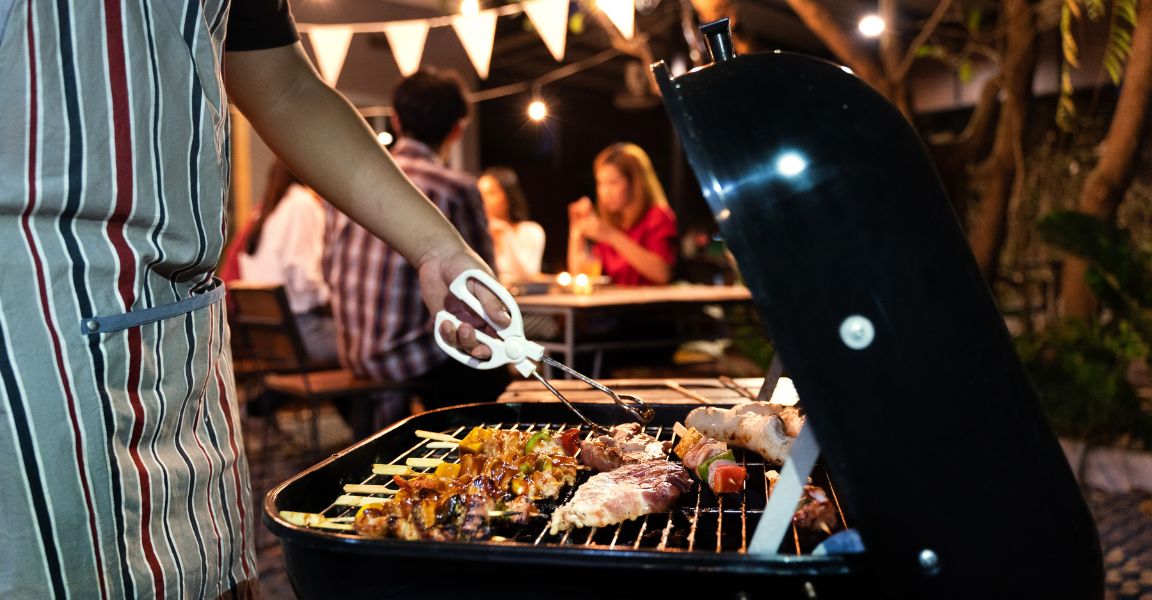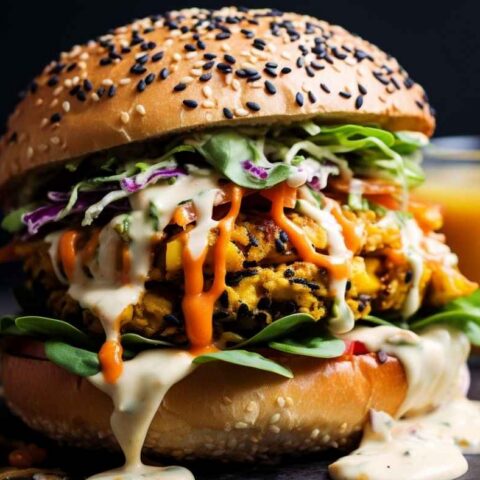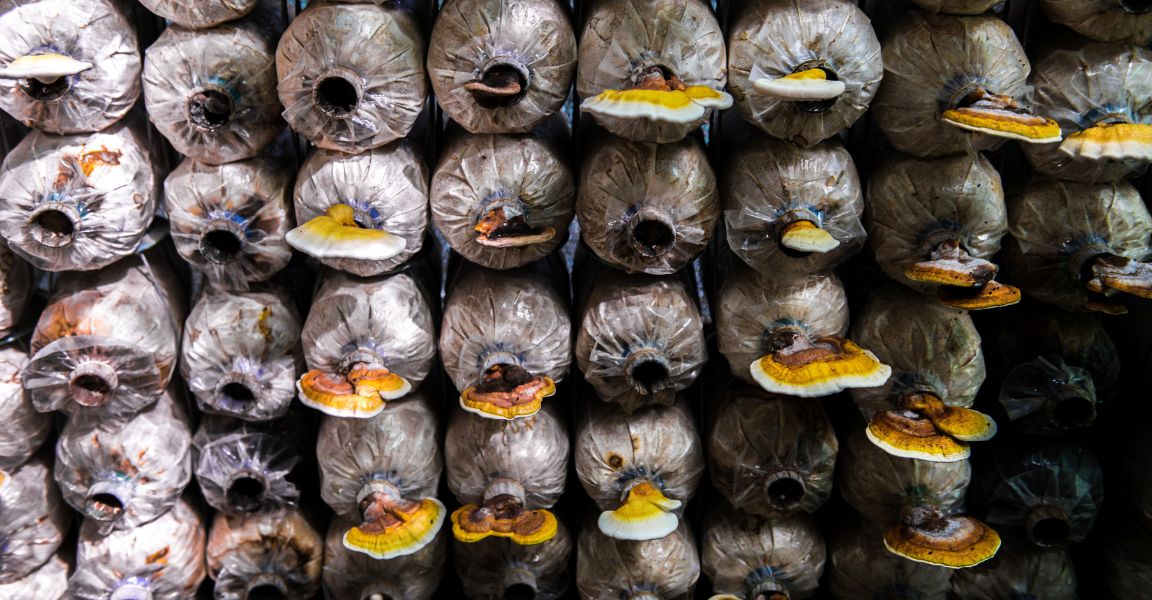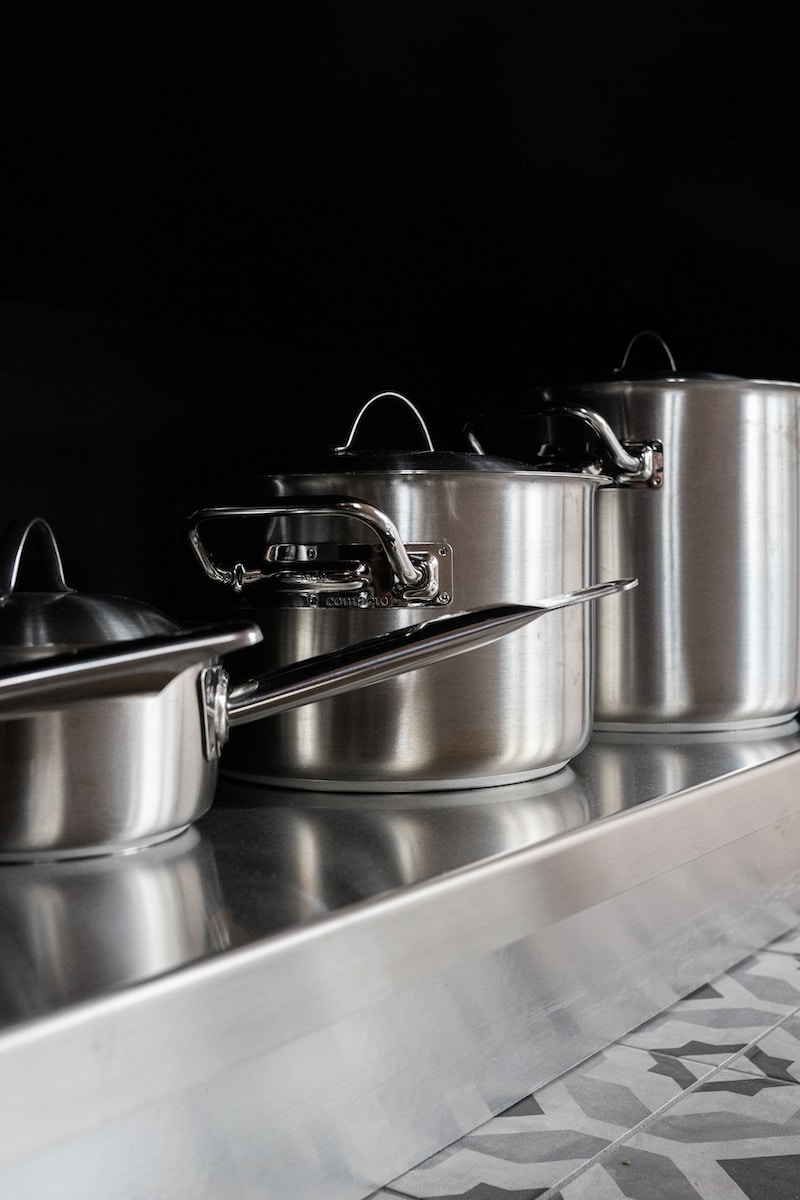The image of gathering around a grill with family and friends and throwing on some hotdogs, hamburgers, and maybe a little brisket on it might come to mind when we think of barbecue. This simple and easy deliciousness is something many North Americans adore, particularly during holidays like Memorial Day or the Fourth of July. Despite barbeque being an incredibly popular food staple in the United States, there is a fascinating history behind North American barbeque that originated outside of the country.
Ladle of Contents
Defining BBQ
There is great debate over what barbeque is and isn’t, and everyone in the barbeque belt has a different opinion. While we can’t end this great debate, we can present the facts. We may think of grills and barbeque as being synonymous, but there’s a distinct difference. Barbeque involves cooking meat low and slow over an indirect flame, while grilling is the opposite—quick, high heat over a direct flame. Many BBQ enthusiasts will also tell you that the only true barbeque meat is pork, as the meat was cheap and easy to access in its origin. These may seem like arbitrary definitions and rules, but they have a specific origin.
Indigenous Origins
In 1492, Christopher Columbus landed on an island he called Hispaniola, which we know today as Haiti. He noted that the Taino—the island’s indigenous people—cooked meat over an indirect flame using greenwood, typically using meat such as sheep or goat. The Taino people used an Arawak word for this type of cooking, calling it barbaca, which the Spanish then referred to as barbacoa. Pig meat was the most widely available protein source for the Spanish, and in 1540, Spanish explorer Hernando cooked a feast of barbacoa for the Chickasaw tribe in an attempt to form an alliance. In this way, the Spanish helped introduce this Taino staple into the interior of the continent, which then spread to various colonies in and around Georgia, Alabama, Virginia, and the Carolinas.
Cultural Crossover
Barbeques quickly became a way for communities to gather and share values, with some of the earliest barbecues dating back to the Revolutionary War. However, barbeque was mainly a Southern staple, as Southerners took pride in how they cared for their pigs and refused to export this meat to the North. Although, we cannot in any way complete a conversation about barbeque without acknowledging the vast impact Black Americans had on this cuisine. Most of the time, enslaved people prepared these feasts, and upon obtaining this knowledge, barbeque became a dietary staple for them—greatly influencing the ways we enjoy BBQ today by adding seasonings, vegetables, and other accouterments from their various cultural cornerstones.
Modern BBQ
Many often barbeques to garner military support throughout the Civil War, but we must also attribute the spread of barbeque throughout the country to Black American BBQ pit masters. Thanks to this wonderful cultural crossover, many styles of regional North American barbeque exist, each with its delicious twists. Part of what makes the history of North American barbeque so fascinating is that it represents North America’s blend of cultures. It highlights diversity’s importance in all aspects of life, from medicine and technology to art and food.








